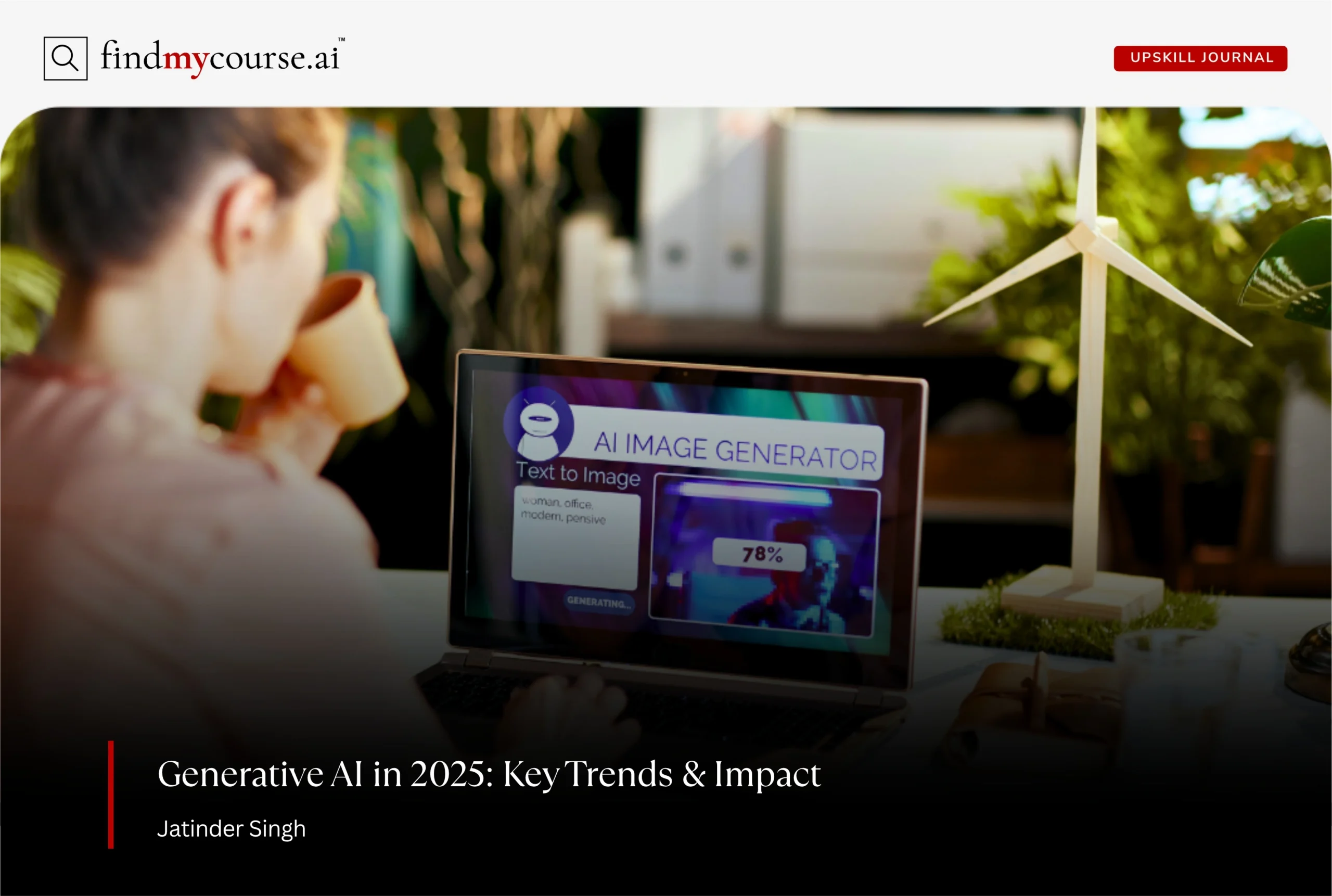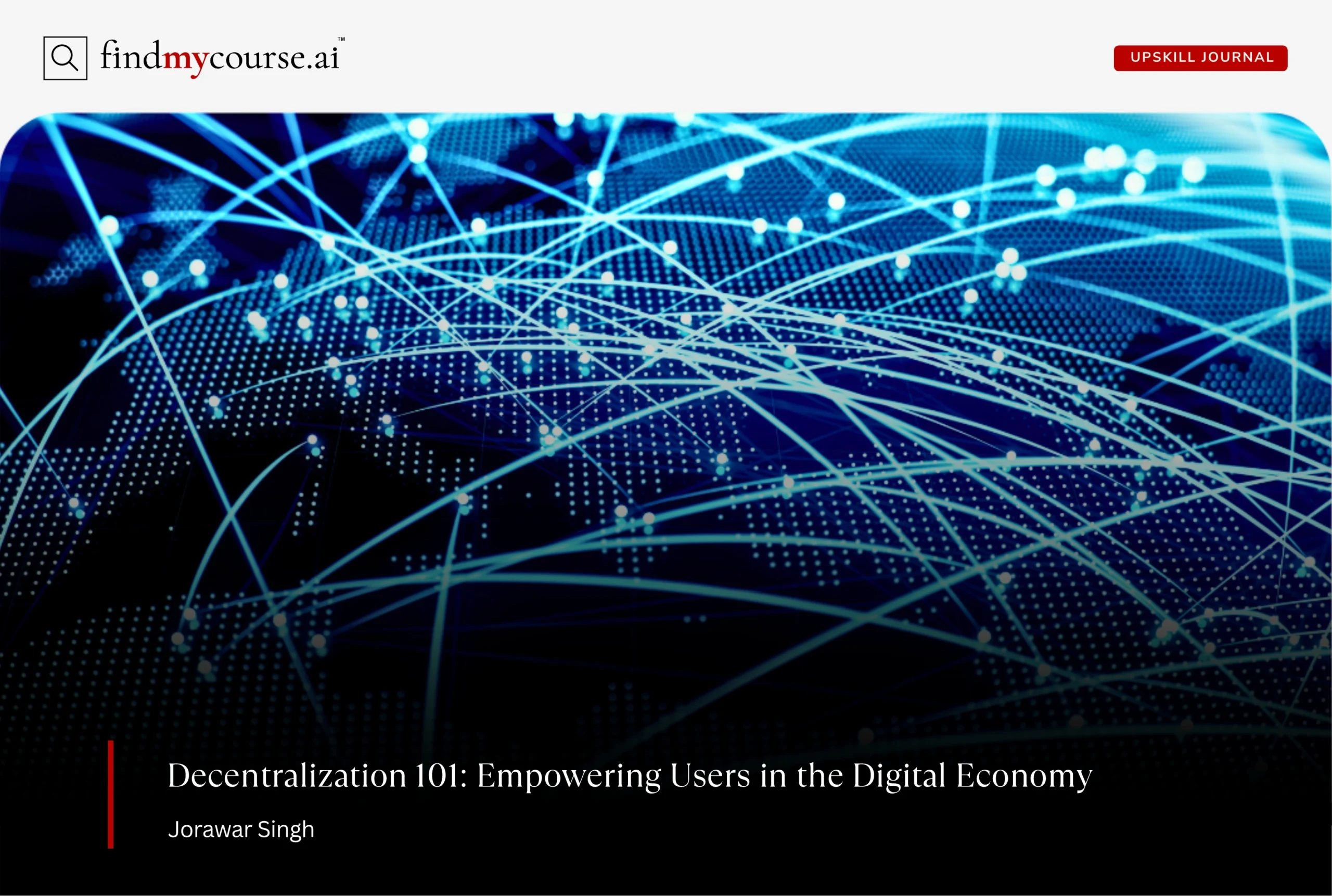Generative AI has rapidly evolved from a futuristic concept to a core technology reshaping nearly every industry. No longer confined to research labs or tech giants, it’s now embedded in everyday tools—enabling professionals to generate text, images, code, video, and music with unprecedented speed and accuracy.
But this shift is about more than convenience or automation. From marketing teams producing personalized content at lightning speed to doctors receiving AI-assisted diagnoses in real time, its impact is profound and growing.
Let’s explore what makes this technology so powerful, how it’s being used today, and the real impact it’s having on businesses and society. If you’re curious, this is a great area to study online and deepen your understanding.
What Is Generative AI and Why It’s Everywhere Now
Generative AI is a type of artificial intelligence designed to create new content—such as text, images, audio, video, and code—by learning from large volumes of existing data. Unlike traditional AI systems that focus on analysis or prediction, Generative models generate entirely new outputs that mimic human creativity.
The rise of Generative AI has been fueled by breakthroughs in machine learning, access to massive datasets, and more powerful computing infrastructure. Tools like GPT, DALL·E, and other advanced models can now write articles, generate artwork, build websites, compose music, and more—all in seconds.
What once belonged to research labs is now integrated into everyday tools used by marketers, developers, designers, and educators. Its growing accessibility is transforming industries by accelerating workflows, enhancing creativity, and lowering the barrier to entry for content production.
How Does Generative AI Actually Work?
At the heart of generative AI are advanced machine learning models—primarily transformers, diffusion models, and generative adversarial networks (GANs). These models learn patterns from massive datasets (such as text, images, or code) and then use that knowledge to create new, original outputs.
- Transformers (used in tools like ChatGPT and Google Gemini) process and generate text by analyzing the relationships between words and context. They’re highly effective at tasks like translation, summarization, and writing.
- Diffusion models (like DALL·E 3 and Midjourney) gradually add and then remove noise from images to create highly detailed visuals from text prompts.
- GANs use two neural networks—one that creates content and another that critiques it—enabling them to generate realistic images, videos, or even voice samples.
These models are trained on vast amounts of data using high-powered computing systems, and they continuously improve through reinforcement and feedback. While the details can get highly technical, the core idea is this: AI learns from examples and then generates new content that resembles—but does not copy—what it learned.
Top Use Cases of Generative AI in 2025
As adoption accelerates, Generative AI is proving valuable in a wide range of industries. Its ability to generate high-quality content, automate complex tasks, and support creative and analytical workflows makes it one of the most versatile technologies in use today. Below are the most impactful and widely adopted use cases of this in 2025.
1. Marketing and Content Creation
Content generation is one of the most mature and popular use cases of Generative AI. Marketing teams now rely on AI tools to produce blog posts, email campaigns, ad copy, video scripts, and social media content at scale. These tools assist with brainstorming, writing drafts, optimizing tone and structure, and even localizing content for global markets. Additionally, AI enables hyper-personalized marketing strategies by dynamically adjusting messages based on user behavior, preferences, and real-time data.
The result is faster content cycles, improved engagement, and the ability to deliver consistent messaging across channels with minimal manual input.
In 2024, Coca-Cola launched its “Create Real Magic” campaign, powered by OpenAI’s DALL·E and ChatGPT. The campaign invited users to generate personalized artwork and messaging using AI, blending brand assets with user creativity. This resulted in a surge in engagement, cost-effective content production, and global reach—demonstrating how generative AI can transform customer interaction at scale.
2. Customer Support and Experience
Generative AI is transforming customer service by powering intelligent chatbots, virtual assistants, and helpdesk automation. Unlike traditional rule-based systems, modern AI can understand nuanced queries, maintain conversation context, and generate natural responses that mimic human agents. These systems can handle high volumes of interactions, resolve issues quickly, and escalate complex tickets only when necessary.
In industries like e-commerce, telecom, and banking, AI-powered support tools significantly reduce response times, increase customer satisfaction, and lower operational costs.
3. Software Development and Engineering
Developers and engineering teams use Generative AI to write and review code, auto-generate documentation, and detect bugs early in the development cycle. AI-powered development tools can suggest code completions, generate unit tests, translate legacy code to modern frameworks, and offer architectural recommendations. These capabilities improve productivity, enhance code quality, and shorten development lifecycles.
Moreover, non-technical users can leverage no-code or low-code platforms powered by Gen-AI to build simple applications without traditional programming skills.
4. Healthcare and Life Sciences
In the healthcare sector, Generative AI is streamlining administrative, clinical, and research workflows. It is used to summarize electronic health records (EHRs), draft clinical notes, analyze diagnostic images, and even assist in identifying potential treatment options. Researchers also use AI to generate hypotheses, structure clinical trial documentation, and speed up drug discovery pipelines by analyzing vast biomedical datasets.
By reducing the documentation burden on healthcare professionals and accelerating research timelines, it contributes to better patient outcomes and faster medical innovation.
5. Manufacturing and Product Design
Manufacturing organizations are applying Generative AI in areas such as predictive maintenance, supply chain optimization, and computer-aided design (CAD). AI models can simulate mechanical designs, recommend process improvements, and generate digital twins to test product performance before physical production. In industrial settings, AI is also used to monitor equipment, predict breakdowns, and ensure continuous uptime.
This application leads to smarter design decisions, optimized workflows, and reduced waste—critical advantages in high-volume production environments.
6. Government and Public Sector Services
Governments and public institutions are integrating GenAI to enhance operational efficiency and citizen services. AI is used to draft reports, process permits, translate official documents, generate internal policy summaries, and create multilingual communications for public outreach. Additionally, it helps analyze citizen feedback at scale, enabling data-driven policy development.
With its help, public service delivery becomes faster, more transparent, and more accessible—especially for underserved or multilingual communities.
The Real-World Impact of Generative AI
Beyond specific applications, the broader impact of Generative AI is reshaping how organizations operate, compete, and innovate. As more enterprises integrate this technology, its influence is becoming visible in core business metrics and day-to-day workflows.
1. Higher Productivity Across Functions
One of the most immediate and measurable impacts is the dramatic increase in productivity. By automating routine tasks such as drafting content, coding, note-taking, and report generation, organizations free up valuable time and resources. Employees can shift focus from repetitive work to high-value tasks such as strategy, analysis, and customer engagement.
From marketing to engineering, teams across departments are achieving more with fewer resources—accelerating output without sacrificing quality.
2. Faster and Smarter Decision-Making
Executives and analysts are using GenAI to process large volumes of structured and unstructured data. AI-generated summaries, insights, and visualizations help leaders interpret complex information quickly and make data-informed decisions in real time. Whether it’s a financial report, a market analysis, or a performance review, AI shortens the decision cycle.
In sectors like finance, logistics, and healthcare, this ability to make faster and more accurate decisions leads to better outcomes and competitive advantages.
3. Reduced Operational Costs
Automating content generation, customer interactions, and administrative processes with Generative AI leads to substantial cost savings. Businesses can scale operations without proportionally increasing headcount. For example, AI-enabled customer service systems can handle thousands of queries daily at a fraction of the cost of human support centers.
Additionally, AI reduces errors and rework by improving consistency and minimizing manual oversight—especially in documentation-heavy industries.
4. Empowered Creative and Technical Talent
Rather than replacing creative professionals, GenAI acts as a powerful augmentation tool. Designers, writers, architects, and product managers use AI to generate initial drafts, explore design variations, and test ideas rapidly. In technical roles, developers and data scientists benefit from AI-generated code, models, and analysis.
This partnership between human expertise and machine creativity results in better output, faster iterations, and more innovative solutions.
5. Emergence of New Business Models and Offerings
Generative AI is enabling the launch of entirely new services, platforms, and experiences. From AI-generated art and music to personalized education apps and virtual healthcare assistants, businesses are building products that were previously impossible or cost-prohibitive. The technology supports rapid prototyping and scalable personalization, allowing entrepreneurs and enterprises to experiment and iterate quickly.
Industries such as entertainment, retail, and edtech are seeing especially rapid evolution as a result of these new AI-powered capabilities.
Ethical Considerations and Responsible Use of Generative AI
While generative AI offers powerful advantages, it also brings significant ethical and societal challenges. As its adoption accelerates, organizations and individuals must be aware of the potential risks:
- Misinformation and Deepfakes: GeneAI can produce realistic fake news articles, images, or videos, potentially spreading false narratives or impersonating individuals.
- Bias in AI-Generated Content: If the training data contains historical or societal biases, the outputs may reinforce stereotypes or discriminatory patterns.
- Data Privacy and IP Concerns: Generative models often learn from publicly available data, raising questions about content ownership, consent, and copyright infringement.
- Job Displacement: Automation of creative, administrative, or customer-facing roles may lead to workforce shifts, requiring upskilling and careful workforce planning.
To ensure responsible AI use, it’s important to implement transparent practices, validate outputs critically, and remain informed about best practices for ethical AI deployment. Governments and international bodies are beginning to draft policies and frameworks to ensure the safe and ethical use of generative AI. Initiatives like the EU AI Act, the U.S. AI Bill of Rights, and global AI safety agreements aim to balance innovation with accountability.
How to Start with Generative AI
Getting started is simple—just follow these three steps:
1. Start Small and Focused
Pick one task where AI can help—such as writing emails, summarizing documents, or creating images. Start where it can make an immediate difference.
2. Use Free Tools and Set Goals
Experiment with free or low-cost AI platforms. Be clear about what you want the tool to do and how you’ll measure success.
3. Learn the Basics Online
Understanding the fundamentals will boost your confidence. Try these beginner-friendly courses:
- “IBM: Introduction to Generative AI” on edX
- “Prompt Engineering Specialization” on Coursera
These resources will help you apply AI more effectively to real tasks.
Final Thoughts
Generative AI has already left its mark—streamlining workflows, enhancing creativity, and reshaping how industries operate. Its continued influence is inevitable, but its value will ultimately depend on how we choose to implement and govern it.
As the excitement settles into everyday application, the priority becomes clear: use it with purpose, with care, and with people at the center. The transformation is underway. Now, it’s about making it meaningful. And if you ever need help or have questions, our AI assistant is here to guide you.


